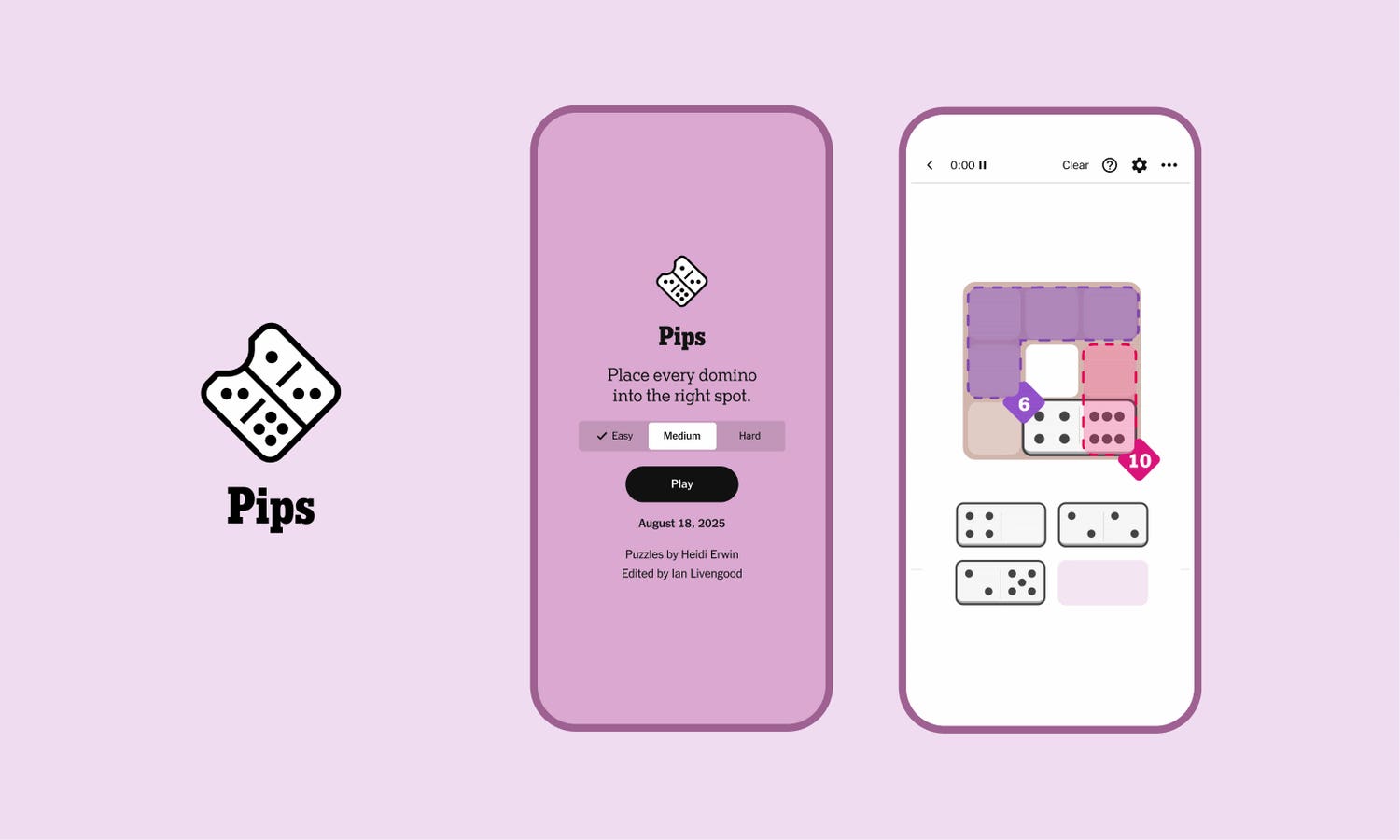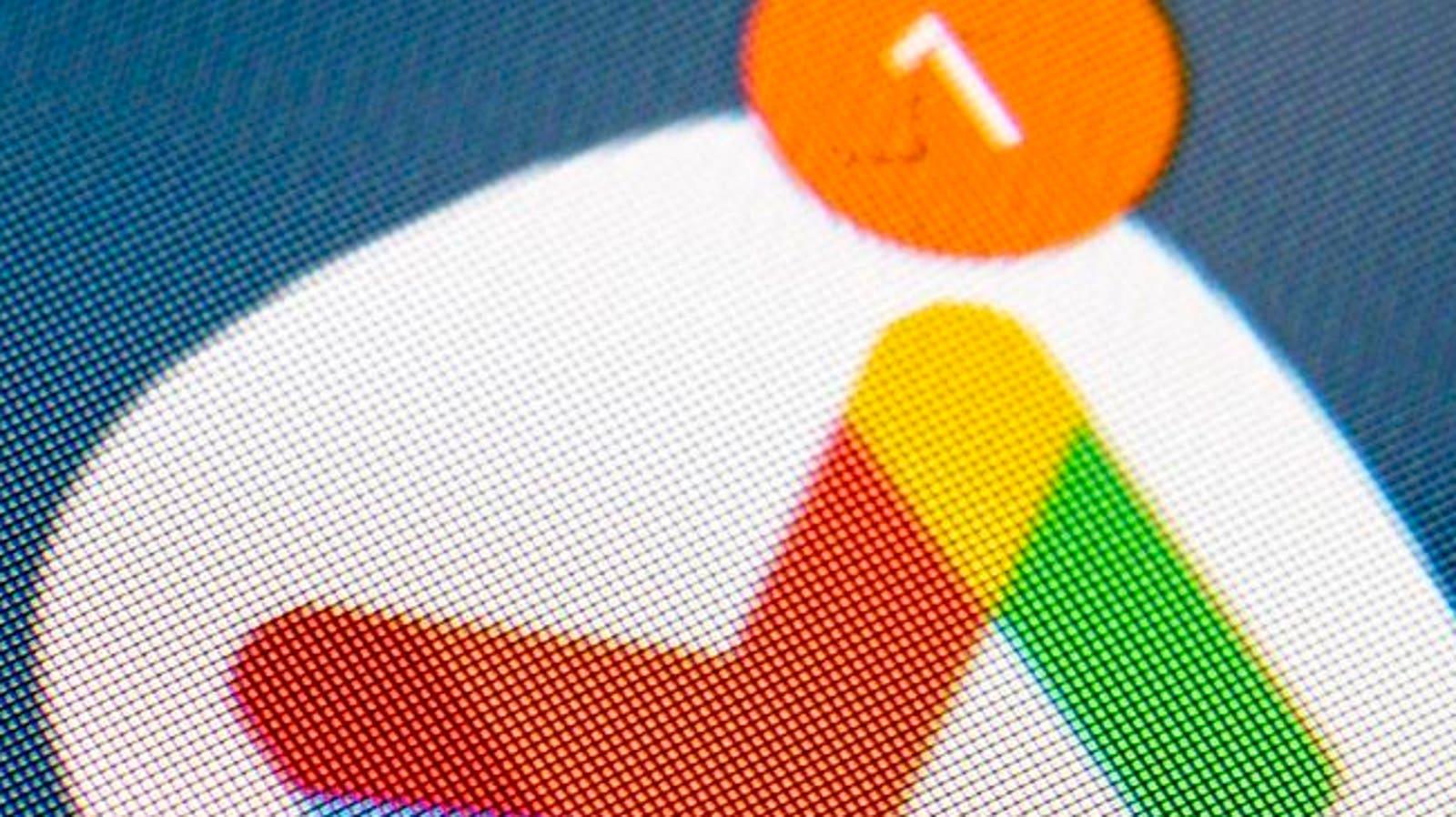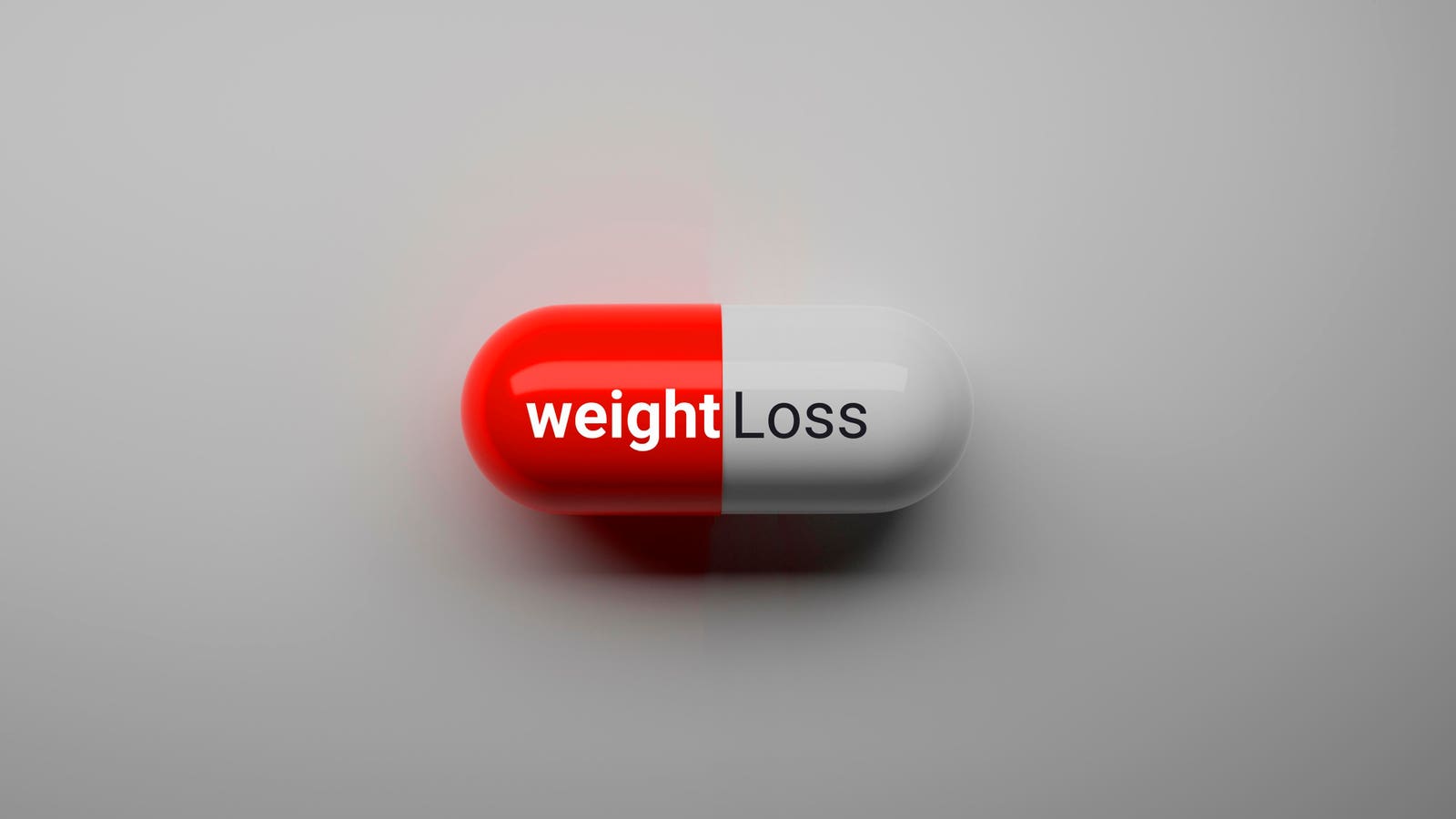These days, innovation need not be limited to artificial intelligence. Instead, think simple and mundane. Closely examine the everyday aspects of your life and strive for more than good enough.
getty
When we hear the word innovation, our minds often leap to artificial intelligence, quantum computing or next-generation robotics. These are undeniably exciting frontiers and for good reason. These technologies are poised to reshape industries and our experience of the world.
But in our collective gaze toward this dazzling, high-tech horizon, we risk developing a critical blind spot. Real innovation, the kind that touches lives at scale, often begins in far less glamorous places. It starts not with headline-grabbing breakthroughs, but with carefully rethinking the everyday.
The greatest friction in our lives is not failing to have a conversation with a chatbot; it is the leaky coffee cup lid, the tangled mess of charging cables or the frustrating experience of assembling flat-pack furniture. Solving these mundane problems is where true, human-centric innovation thrives. They do not require moonshot budgets. What they require is a mindset shift: seeing the ordinary with new eyes.
The Overlooked Power Of Everyday Innovation
We are creatures of habit, conditioned to accept the minor annoyances of daily life. This phenomenon, known as functional fixedness, is a cognitive bias that limits us to using objects only in how they are traditionally used. A fork is for eating, and a suitcase is for carrying. We rarely stop to ask, “Could this be radically better?”
Rather than always being disruptive, innovation is often astonishingly simple.
Consider Bernard Sadow. For centuries, humans lugged heavy suitcases. It was simply the way things were done. While returning from a family vacation in 1970, Sadow was struggling with two large suitcases through an airport when he saw a worker effortlessly rolling heavy bags on a luggage rack. The spark was not a technological marvel. Sadow made a simple connection.
He attached four casters to the bottom of a suitcase, added a pull strap, and filed a patent for “Rolling Luggage.” The travel industry was never the same. He did not invent the wheel or the suitcase. He married them to solve a common annoyance.
Similarly, Sam Farber, founder of the kitchenware company OXO, noticed that his arthritic wife struggled to use traditional kitchen tools. He proceeded to create a line of utensils with soft, ergonomic grips. That small insight, born from love and observation, grew into a company now valued at over a billion dollars. No AI. No blockchain. Just a better peeler.
Mundane Moments And The Tyranny of ‘Good Enough’
Many of the most impactful innovative changes happen in the seemingly mundane moments of everyday life. Activities like eating or sleeping may not seem as exciting or newsworthy as the latest tech advance, but these are the kinds of activities that affect everyone.
One example of innovation in these areas is Natural Heaven, a sustainability-focused food producer that takes the innovative approach of using hearts of palm to make pasta, rice and other food products. By using regenerative peach palms, only farming on existing fields and following other sustainable harvesting practices, this approach minimizes waste and the impact on Ecuador’s rainforests. And as a naturally vegan and gluten-free food, using hearts of palm makes it easier for individuals with varied dietary needs to get quality nutrition.
For another mundane innovation, look at YETI. Before brothers Roy and Ryan Seiders came along, a cooler was a cheap, disposable item often picked up at a convenience store. The Seiders, frustrated with the poor quality of coolers for their hunting and fishing trips, decided to stop accepting “good enough.”
They applied serious engineering, roto-molded construction and commercial-grade insulation to a mundane object. The result became a better cooler as well as the creation of a premium lifestyle brand with a cult-like following, proving that people will happily pay a premium for a brilliantly executed solution to an everyday problem.
A Toolkit For Everyday Innovation
If innovation lies in the ordinary, how can individuals and teams tap into it? Here are practical tools and methods to help:
- Jobs to Be Done (JTBD) Framework
Ask not what the customer is using, but what job they are trying to get done. Popularized by the late Clayton Christensen. The theory posits that customers do not buy products; they “hire” them to do a job. A commuter does not buy a morning milkshake; they hire it to make a long, boring drive more interesting. This reframing is crucial. When you ask, “What job is my customer hiring this product for?” you move beyond features and specs into the realm of needs and outcomes. Casper, the online mattress retailer, did not just sell a foam mattress. Casper used JTBD to learn they were hired to do the job of “effortlessly getting a comfortable bed into my home without the hassle of a showroom.” They innovated the entire product and business model by focusing on the job, not just the product. - Customer Safari
Spend time where your users are and watch how they use your product or service, even in unintended ways. Dyson famously found inspiration for its hand dryers in high-speed jet engines. Make customer observation part of onboarding. Let new hires shadow users for a day. Fresh eyes spot what insiders miss. The potential and power of observation are tremendous. - Annoyance Audit
Practice mindful noticing. Have team members make lists of small annoyances, minor frustrations, inconveniences or “I wish this were easier” moments. It could be tangled cords, awkward backpacks, ineffective gardening tools or grocery bags that tip over. Annoyances and pain points are innovation prompts in disguise. - Reverse Innovation
Also known as trickle-up innovation. This is where the process or service is developed in a low-cost, resource-constrained environment, like an emerging market, and then introduced to a developed market. An example is GE’s $800 portable ultrasound. It was developed for rural China and is now widely used in the U.S.
The Future Is Unfinished
The path to transformative innovation does not always go through Silicon Valley. Sometimes, it begins in the kitchen drawer, the bus stop, or the laundry basket. Real innovation is all around us, often disguised as a minor inconvenience. It is just waiting for those of us willing to stop, look closer, and ask, “What if this were better?”









